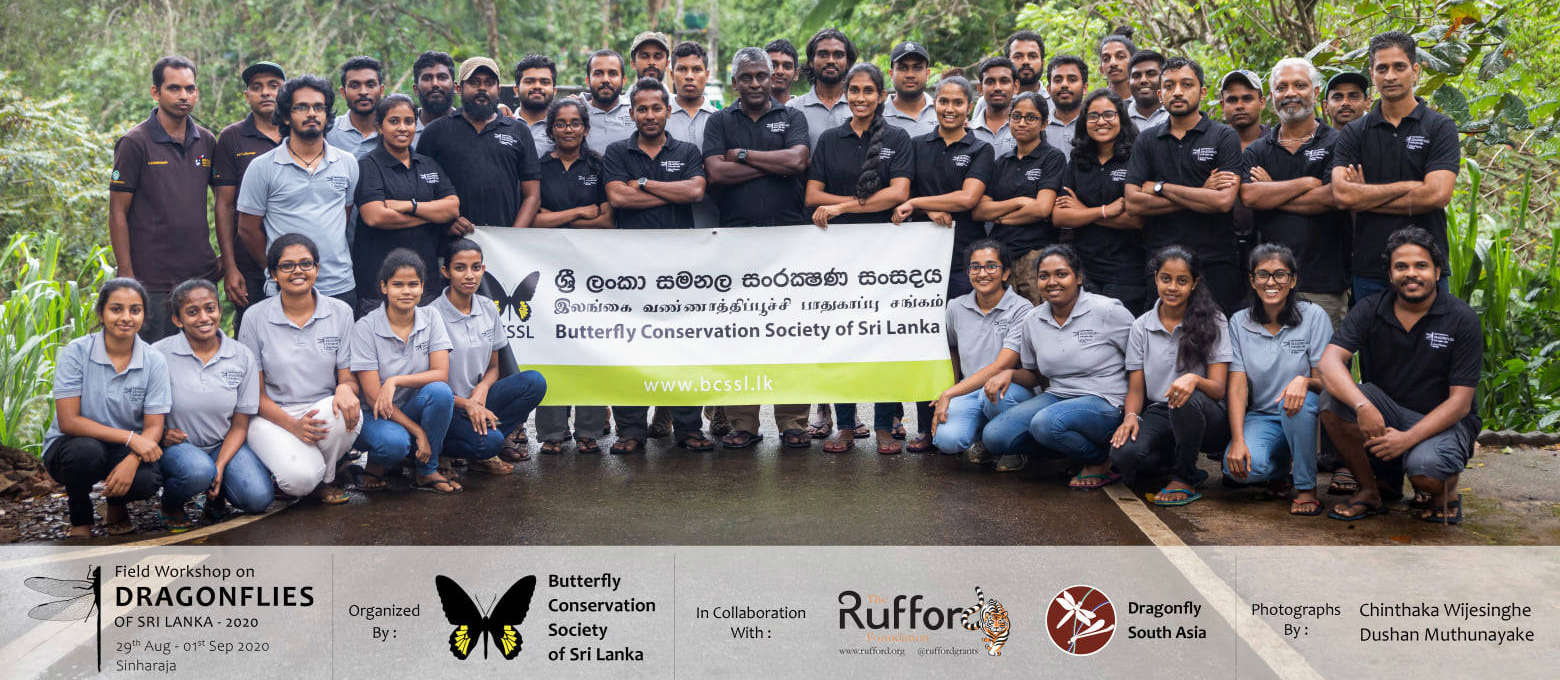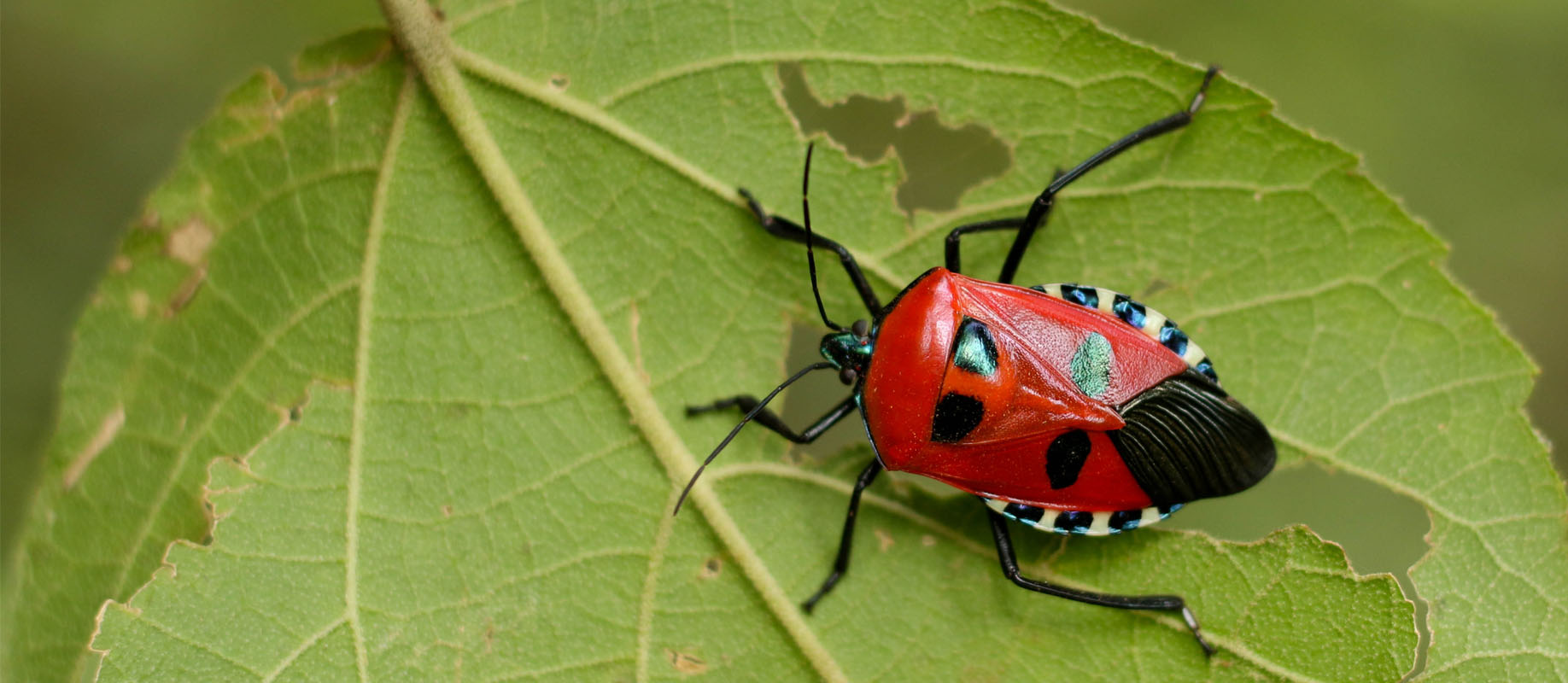Butterfly Conservation
Butterflies have been a fascination to many people since their childhood, due to their colorful and delicate wings which made them the fairies of the real world. Sri Lanka has been world famous for the phenomenon of internal butterfly migration and it has been documented by many international authors. Locally, we call this incident as, "Butterfly pilgrimage of Mount Sri Pada (Adams Peak) in order to worship the footprint of Lord Buddha". Even though this migration still exists, the number of individuals has been drastically reduced over the years. This reduction is also true for many of the other non-migratory species as well due to two major reasons; habitat destruction and degradation. The forests were cleared for coffee and tea cultivation, and the process is still continuing at an alarming rate with the increasing human population. Many of the suitable habitats for butterflies together with other living beings are being destroyed due to these activities. Further, there are some rare butterflies who require very specific micro habitat conditions. Tree felling alters the light intensity that will penetrate into the forests, and high use of chemicals for cultivation and industrial purposes will alter the water, soil and finally the plant chemical compositions which will cause significant negative impacts on all flora and fauna. Effecting fauna population will directly influence the life cycles of lepidopterans.
These microhabitat requirements are not only restricted to the adult butterfly, but most importantly, it is required for early stages i.e. egg, larva and pupa. Due to their short life span, unexpected changes to weather pattern could also be a major threat to them, which is mainly happening due to climate change and global warming.
The presence of these tiny insects will beautify our environment and make us happy. More importantly, they will contribute to the ecological balance of the environment, mainly by helping to pollinate many fruit bearing plant species through their own feeding activities. From a conservation point of view, butterflies can be categorized into two groups. The first group is the butterflies that do not require specific microhabitat requirements; therefore, they can be conserved within urban environment. "Butterfly gardening" is a well-known conservation technique throughout the world, which provides suitable conditions for butterflies within urban areas. Key approach is to provide them with their larval food plants and nectar plants, while making sure to get rid-off of toxic chemicals such as artificial fertilizers and pesticides. Any person can do this conservation activity in their home garden, irrespective of its size. The second category is the "butterflies that require specific microhabitat requirements". It is highly unlikely to recreate the micro habitat they need in a new environment due to time consumption and expenditure as well as extensive research work that is needed to understand the requirements of some of these species. Conserving existing habitats and upgrading degraded habitats are the best strategies that should be implemented at governmental or organizational level.
BCSSL is trying to conserve these insects at their best. Anyone who is interested in these activities is welcome to join hands with us.
Events
Join with us because "Enthusiasm leads the way". BCSSL conducts numerous events to inspire our own members as well as the general public.
You can participate in public lectures, field visits and many other activities organized by us. View more details on our events page.






